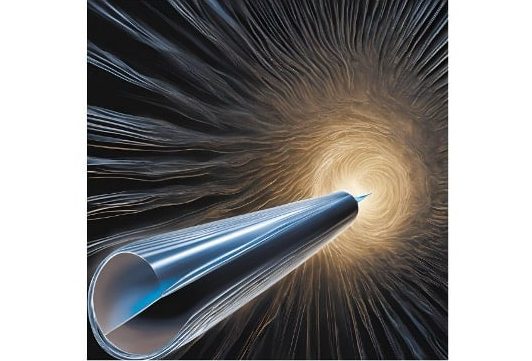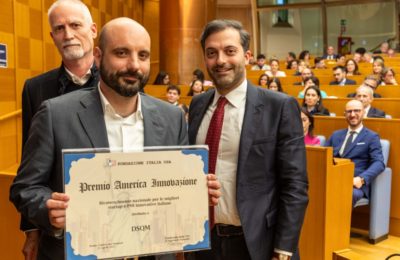A research team from Cnr Nano and Chapman University has made an important discovery in quantum thermal management. Their latest study demonstrates that pure superconductors, traditionally considered poor candidates for thermoelectric effects, can exhibit a strong thermoelectric response. These findings, just published in Physical Review Letters, challenge previous assumptions and open new possibilities for thermoelectric applications in quantum technologies.
The team’s work focuses on Abrikosov vortices, also known as fluxons, within Type II superconductors. The team demonstrated that fluxons could create a localized region at the vortex centre where particle-hole symmetry is strongly broken in a moderate magnetic field. This results in an unexpectedly strong thermoelectric effect. The discovery could have significant implications for quantum technologies, where superconductors play a central role in emerging applications such as quantum computing and photon detection.
The team is composed of Francesco Giazotto and Alessandro Braggio, based at the NEST laboratory of Cnr Nano and Scuola Normale Superiore in Pisa, and Andrew N. Jordan, Alok Nath Singh, Bibek Bhandari, from the Institute for Quantum Studies at Chapman University
Key findings: a strong thermoelectric effect at the vortex centre
The researchers have shown that under certain conditions—such as low electronic density or very low temperatures—a powerful linear thermoelectric effect can emerge at the centre of an Abrikosov vortex in Type II superconductors. “This occurs when thermal agitation is comparable to the energy spacing of the bound states at the vortex centre, causing the thermoelectric effect to diverge”, explains Braggio. “Our team also analyzed how this effect depends on key parameters such as coherence length, operating temperature, and nonlinear voltage and temperature regimes”.
Potential applications: impact on quantum computing and sensing technologies
This discovery opens up new avenues for applications in quantum technology. The research shows that thermoelectric currents can be generated in simple superconductor-insulator-normal metal junctions, even at very low temperatures. This could be particularly beneficial for improving thermal management and reducing energy consumption in future superconducting quantum computers, which are expected to include thousands or millions of qubits. Furthermore, the discovery could lead to the development of highly sensitive, low-noise sensors for energy and single-photon detection crucial in quantum communication and astrophysics. “This research, shortly, will be patented in the US, further expanding the technology transfer capabilities at our lab”, concludes Giazotto.
Novelty of the research and future steps
This work’s novelty lies in identifying a strong thermoelectric effect in systems containing Abrikosov vortices, a phenomenon that had never been predicted or analyzed before. Overall, this theoretical study highlights the potential for superconductors, once considered unsuitable for thermoelectric power generation, to offer novel solutions in energy conversion—contributing to sustainability and advancing the development of quantum technologies.
The researchers plan to work with experimental teams to verify their theoretical findings in the coming years.
Original article: Giant Thermoelectric Response of Fluxons in Superconductors, Alok Nath Singh, Bibek Bhandari, Alessandro Braggio, Francesco Giazotto, and Andrew N. Jordan, Phys. Rev. Lett. 133, 256002. DOI: https://doi.org/10.1103/PhysRevLett.133.256002
[Image: Representation of an Abrikosov vortex contacted by an STM tip. The light symbolizes thermoelectricity generated by the temperature difference between the tip and the superconductor]



